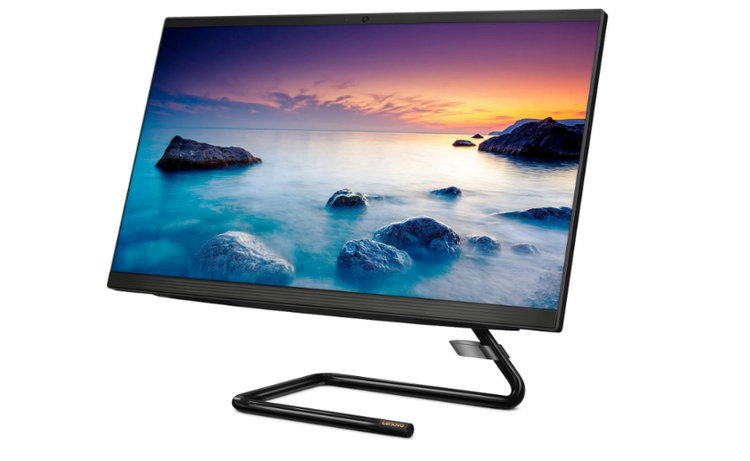What does Malicious Software mean?
The word “Malicious Software” is originated from the word “Malware,” and for both, the meaning pretends to be the same. Malicious software is any malicious program that could lead to cause harm to a computer’s operating system or network. It could be in any form, such as worms, viruses, spyware, trojans, rootkits, or adware. Malicious software programs are specially designed to gain access to computer systems, generally for the benefit of a third party, without having the user’s permission.
So, it turns out to be crucial that users know how they can recognize different types of malicious software to protect your system or your business system from being harmed. In this article, you will find out different types of malware and what they are capable of, and how they can find their way to your network.
Symptoms of the Malware attack
While all malware software programs work differently and have different ways to spread and infect systems or networks, all malicious software types can produce similar symptoms. System or network that is infected with malware attack could lead show any of the following symptoms:
- Reducing the speed of computers and web browsers.
- Issues while connecting to networks.
- Corrupted files that could lead to crashing activities.
- Change in desktop icons and generation of strange files or applications.
- Programs or systems are turning off automatically and reconfiguring themselves.
- Very Strange behavior of the computer.
- Emails and messages being sent automatically without the user’s knowledge
Different types of malicious software
Viruses
A virus is a very common type of malware attack. To get their system infected by a virus, a user needs to click or copy (file, media, or any software) it into its system. Most of the viruses are self-replicated without giving any prior information to the user. These viruses can easily spread from one system to another through instant messaging, email, removable media (USB), website downloads, and network connections. Viruses usually remain inactive until and unless it has spread on a network or reached the number of devices. Once it has reached your system, it will corrupt your applications and use system applications to sneeze all over everyone and send out infected files to your colleagues, friends, and clients.
Worms
Like a virus, a worm is also considered a self-replicate and will spread its copies or its segments through network connections, various email attachments, and messages. A worm does not require any host program to run, self-replicate, and circulate. Worms are generally used against different kinds of web servers, email servers, and database servers. Once a file is infected, these worms will spread quite quickly over the internet and various computer networks and can make destructive attacks within a short period.
Rootkit
A rootkit is another malware that is in the list of different types of malicious software. This malicious software is specially designed so that it can easily control your system without being noticed or detected by security software’s. Once rootkit malware has been established in the system, it is effortless for the malicious party that is behind the rootkit to access or steal information remotely, have access to modify the system configurations, and execute files install hidden malware in the system or network.
Trojan Horses
This is another malicious software known to carry out malicious activities when performing the desired operation, such as surfing on the internet or playing online games. Once it gains trust, it will secretly start performing malicious and illicit activities when these will be executed. Once activated, these trojans will act as a spy on your system, which will be able to steal your sensitive data( such as user’s password information) and will gain backdoor access to your system. Hackers are known for using the trojan horses to access important information and destroy data or programs on the hard disk.
Spyware
Spyware is mainly used by people who would like to check on the computer activities of the people. This kind of malicious software is generally used in terrorist or criminal attacks, and criminals use spyware to gain access to passwords or intellectual property. Spyware secretly records all the online activities done on the system, collecting all the required data and attaining personal information like usernames, passwords, and much more.
Logic Bombs
It is another malicious software that is known to be using a trigger so that it can activate the malicious code. This malware is nonfunctional until and unless that trigger activity happens. Once triggered activity occurs, a logic bomb is activated, and a malicious code is released that could lead to cause harm to a system. According to Cybersecurity specialists, some logic bombs could lead to an attack and destroy the system hardware components such as the hard drives, power supplies and much more
Different methods of protection against different malicious Software
Malware is a major security threat for various corporate users and individuals. Therefore, detecting and fighting against malicious software always remains the topmost priority for various firms. There are the number of ways that should be followed by organizations and individual users to prevent malware infections. There are various malicious software’s that needs to have special prevention and treatment procedures. Here we have provided some recommendations that will be useful and enhance user’s system protection from malware -:
- The first and most important is to install and operate firewall and anti-malware software. When choosing software, always go for a program that provides a number of tools such as detection, quarantining, and removal of various kinds of malware. Any anti-malware software should be capable of providing protection against all spyware, viruses, Trojans, worms, and adware. The combination of antivirus or a firewall makes sure that the system should be scanned for different types of malicious software and that malicious software should be removed from the network or system if detected.
- Do update your operating systems and software with the latest suspectable patches. These updated patches are released to countermeasure the latest security flaws and bugs that the attackers exploit.
- Be cautious when you are downloading any files, applications, email attachments, etc. File that is from an unknown source might consist of malicious software.
Wrapping Up
With advancements in technology, attackers can generate different types of malicious software to interrupt networks and systems. Having good anti-malware or firewall software and having adequate awareness training and patch management will help the users place you in a better position. This will be helpful in creating the desirable steps to restrict and fight undesirable threats and have good system security against various malicious software.

